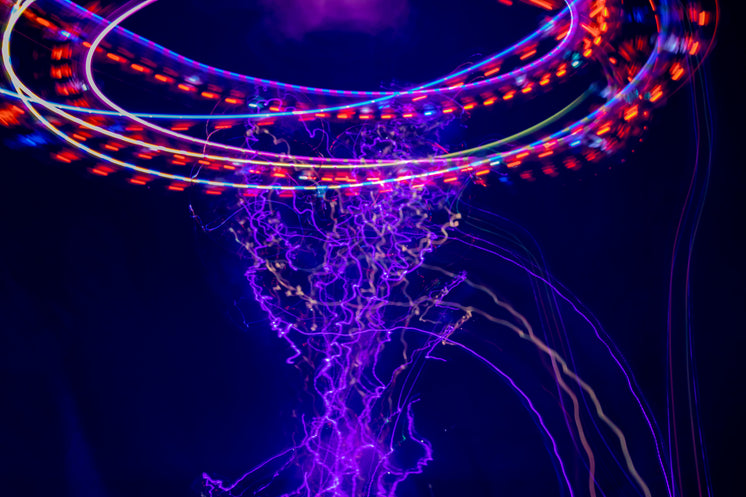 La luz directa proviene de manera directa de la fuente de luz y, en consecuencia, puede iluminar toda la superficie. La luz directa se dirige primordialmente hacia abajo y también ilumina de manera directa el espacio. Desgraciadamente, no pudimos hallar la cuenta de cliente enlazada a este mail. El número de lúmenes de una lámpara se encuentra en la descripción del producto y las informaciones. Todos los costes en nuestro portal web incluyen IVA y excluyen cualquier costo de envío. Este portal web está protegido por reCAPTCHA y se aplican las Condiciones del servicio y Terms of Service de Google plus.
La luz directa proviene de manera directa de la fuente de luz y, en consecuencia, puede iluminar toda la superficie. La luz directa se dirige primordialmente hacia abajo y también ilumina de manera directa el espacio. Desgraciadamente, no pudimos hallar la cuenta de cliente enlazada a este mail. El número de lúmenes de una lámpara se encuentra en la descripción del producto y las informaciones. Todos los costes en nuestro portal web incluyen IVA y excluyen cualquier costo de envío. Este portal web está protegido por reCAPTCHA y se aplican las Condiciones del servicio y Terms of Service de Google plus.El total de lúmenes indica el brillo de una lámpara. Ajustas el número de lúmenes dependiendo del tamaño y la función de la habitación. Para ayudarte, aquí tienes una estimación de lúmenes por metro cuadrado para múltiples habitaciones de tu casa. Las lámparas con función táctil se tienen la posibilidad de controlar tocando la lámpara. Esto podría representar simplemente prender y apagar la iluminación, pero también atenuar una lámpara en intensidad de luz (lúmenes) o color de luz (Kelvin).
LEDs are useful for machine vision as a end result of they supply a compact, reliable source of light. lâmpada led não apaga totalmente lamps can be turned on and off to suit the wants of the imaginative and prescient system, and the shape of the beam produced can be tailored to match the system's requirements. Barcode scanners are the most common example of machine vision functions, and lots of of those scanners use red LEDs as a substitute of lasers. Optical pc mice use LEDs as a lightweight source for the miniature camera throughout the mouse. Blue LEDs have an energetic area consisting of a number of InGaN quantum wells sandwiched between thicker layers of GaN, referred to as cladding layers. By varying the relative In/Ga fraction within the InGaN quantum wells, the light emission can in principle be various from violet to amber. Unlike a laser, the sunshine emitted from an LED is neither spectrally coherent nor even highly monochromatic.
Shuji Nakamura, a Japanese American engineer who labored at Nichia firm, created the primary blue LED mild. In 1976, Thomas P. Pearsall created brighter and more efficient LED lights for usage in fiber optical telecommunication. That was a time when fiber optics have been starting to achieve recognition. Not only have been they used in communication, but within the leisure sector as properly. In 1961 Gary Pittman and Robert Biard, who worked at Texas Instruments corporation discovered how to emit infrared mild through Gas. Instead, there were a series of events, some even unintentional, which led to the development of LED lights. Throughout the Nineteen Sixties, researchers and engineers continued experimenting with semiconductors with the aim of manufacturing more environment friendly LEDs.
The early purple LEDs have been bright enough to be used as indicators, as the sunshine output was not sufficient to illuminate an area. Readouts in calculators were so small that plastic lenses have been built over every digit to make them legible. Later, other colours became extensively available and appeared in home equipment and tools. The first visible-light LEDs were of low depth and restricted to pink. In 1907, British experimenter in Marconi labs Henry Joseph Round noticed for the primary time that when a potential of 10volts is utilized to carborundum (silicon carbide) crystal, it emits yellowish gentle. However, first to analyze it and to suggest a working principle was Oleg Vladimirovich Losev from Russia. In 1927, Oleg published a paper "Luminous carborundum detector and detection effect and oscillations with crystals".
How Did LED Light Become Popular?
Serge Haroche and David J Wineland had been awarded the prize for his or her work with gentle and matter. Francois Englert and Peter Higgs shared the prize for formulating the theory of the Higgs boson particle. Gallium nitride was the vital thing ingredient utilized by the Nobel laureates in their ground-breaking blue LEDs. "These makes use of are what would make Alfred Nobel very happy," mentioned Prof Olle Inganas, a member of the prize committee from Linkoping University.
Potential technology
Many years of necessary fundamental research followed until finally Nick Holonyak introduced his first industrially manufactured LâMpada Led NãO Apaga Totalmente. This is as a end result of the impact of light emission is decoded concurrently it's developed. The researchers discovered that semiconductors operate better when they are blended with gallium arsenide (GaAs) and gallium phosphide (GaP). LEDs work primarily based on electroluminescence, which happens when a fabric emits mild when an electric current runs through it. The first to discover it was a scientist known as Howard J. Round in 1907.
Blue Light
Electroluminescence, the principle behind LEDs, was first discovered in 1907 by Henry Joseph Round. But it wasn’t until 1962 that engineer Nick Holonyak used the science to create visible LEDs as we all know them at present. Below is a timeline of main milestones within the development of this world-changing invention. LED lights begin to become well-liked in schools, places of work and hospitals. Herbert Maruska and Walden C. Rhines from Stafford University create a working blue LED using Magnesium. Li-Fi is the newest idea to come back out of LED technology which is anticipated to exchange Wi-fi sooner or later. The concept was first introduced in 2011 by professor Harald Hass and is still being developed at present.
Blue PeLEDs
The light-emitting diode has brightened our lives for half a century - from lighting up the city streets at evening, to decorating Christmas bushes every December. Undeterred, Holonyak forged head and created a GaAs phosphide crystal. Fifty years ago at present, he presented the primary seen LED to GE executives. But Holonyak believed that the dim glow of his invention was just the start. LED airport fixtures presently include medium-intensity runway lights, runway centerline lights, taxiway centerline and edge lights, steering signs, and obstruction lighting. The low power consumption, low maintenance and small measurement of LEDs has led to uses as standing indicators and shows on quite so much of tools and installations. Large-area LED shows are used as stadium displays, dynamic ornamental shows, and dynamic message indicators on freeways.
LEDs got their begin as indicator lights for circuit boards and small electrical equipment. Early specimens have been very durable, had a comparatively low lumens output, and accordingly have been very energy efficient. As anticipated, industrial software of LED technology adopted soon after the basics have been established. In early days, LEDs were used mainly on seven-segment displays of high-end digital gear the place they changed incandescent indicator lamps. It wasn’t lengthy before LEDs found their method into client products like TVs, telephones and so on.
Custom LED Lights from TCP
LED chips are produced from a semiconductor material, such as gallium nitride (GaN) or indium gallium nitride (InGaN). The semiconductor material is grown on a substrate, typically manufactured from sapphire or silicon carbide, utilizing a process known as epitaxy. Scientists at the GE Advanced Semiconductor Laboratory were researching a way to create energy-efficient seen gentle from LEDs. The incandescent lights that we nonetheless use at present rely on igniting a filament housed in a vacuum to create mild. The process is inefficient and only uses 10 % of available vitality to supply light. Most perceivable colors may be formed by mixing completely different amounts of three main colors. Their emission power decays exponentially with rising temperature,[131]resulting in a considerable change in color stability.




